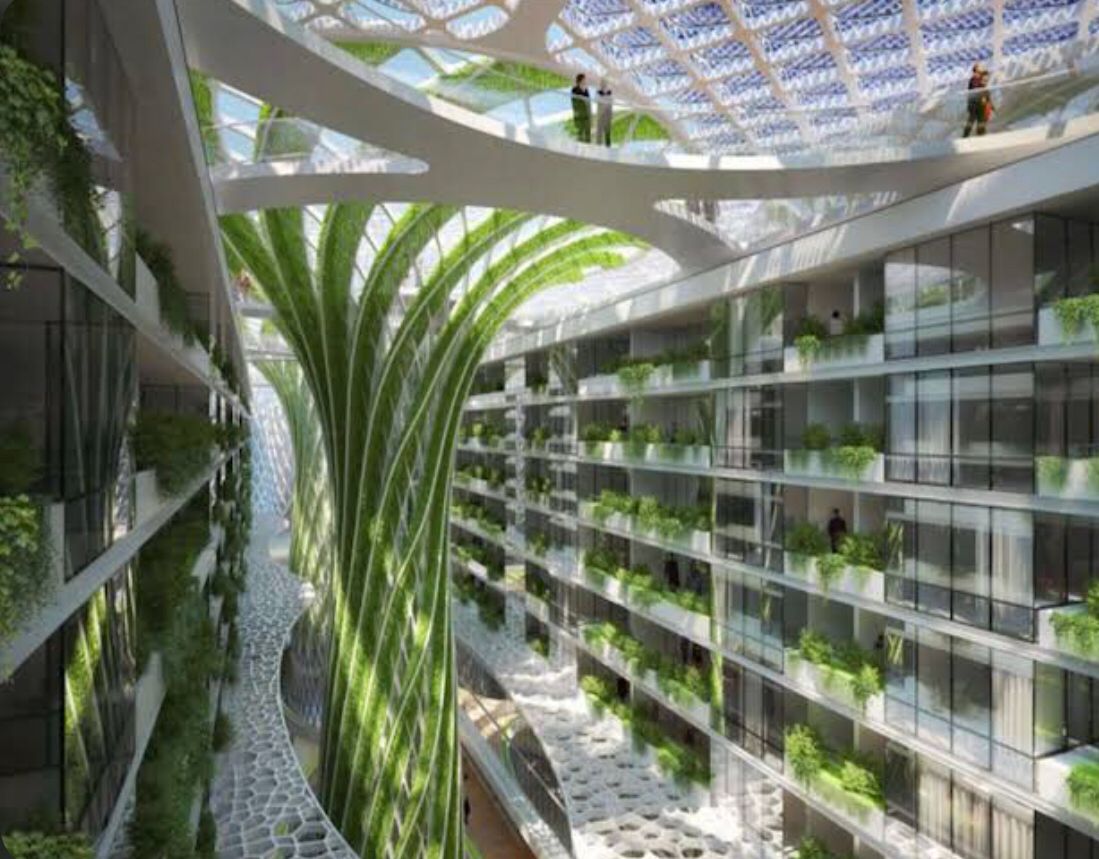
Introduction to Sustainable Architecture
Sustainable architecture is a type of architecture that tries to be environmentally friendly. It focuses on using natural materials and reducing the use of energy. It can also be designed to be more energy-efficient, which can help reduce the amount of pollution that is created. Sustainable architecture can also help reduce the need for resources such as water, which can help protect the environment.
Sustainable architecture is a design approach that takes into consideration the environmental, social and economic impacts of architecture and planning decisions. It strives to create buildings and communities that are environmentally sustainable, equitable and economically viable.
Sustainable architecture is a type of architecture that uses natural resources and recycled materials to create buildings that are environmentally friendly. Many sustainable architects focus on creating buildings that use less energy, water, and materials. They also try to create buildings that are more efficient in using space.
Sustainable architecture aims to minimize the negative environmental impact of a building or project. Some common methods include using natural materials, designing with energy efficiency in mind, and creating indoor environments that are comfortable and healthy.Sustainable buildings can have a positive impact on the environment, economy, and social justice. They can also be more affordable than traditional buildings, which makes them attractive to businesses and governments nationwide. In addition to these benefits, sustainable architecture can improve the quality of life for people who live in or visit the buildings.
There are several principles of sustainable architecture that should be considered when designing any structure. These principles include:
1. Integrative planning – Sustainable architecture takes into account the cumulative effects of all design decisions. Integrated planning helps avoid negative environmental and social consequences from individual actions and provides a blueprint for achieving sustainability.
2. Responsible design – Architects and planners should take into account the inherent ecological limitations of a site when designing a structure. Materials and energy use should be mindful of the impact they have on the environment and local populations.
3. Recycled materials – Whenever possible, materials used in sustainable architecture should be recycled or reused instead of simply being discarded.
4. Sustainability through integration – Sustainable architecture should be designed in such a way that it gets easily adapted to work with any future changes in technology or society. This allows for more efficient use of resources and reduces the need for retrofitting later on down the line.
The Four Principles of Sustainable Architecture
The Four Principles of Sustainable Architecture are:
1. Recycling and re-use of materials.
2. Mitigation of environmental impact.
3. Integrated planning and design.
4. Community engagement and citizen participation.
Implementation of the Four Principles of Sustainable Architecture
Sustainable architecture is the practice of designing and constructing buildings or other structures that meet the environmental, social, economic and health requirements of current and future generations. The principles of sustainable architecture are:
1. Use resources wisely: Reduce waste, use renewable energy and support local economies.
2. Protect ecosystems: Minimize negative impacts on natural habitats and protected areas.
3. Ensure equitable access: Make architecture and its design accessible to everyone.
4. Respect human rights: Promote dignity, safety and health in all architectural work.
Conclusion
Sustainable architecture is a type of architecture that is designed to protect the environment. It uses natural and recycled materials, and it aims to minimize the negative impact that its construction has on the environment. Some of the most famous sustainable architects are Christopher Alexander, Thom Mayne, and Michael Green. They all believe that architecture can be a powerful tool for promoting environmental awareness.
Sustainable architecture principles emphasize the need to identify and minimize environmental impacts, conserve resources, and use materials wisely. By following these principles, architects can help make buildings more environmentally friendly and help protect our environment in the long run.
Author: Karan Mann




